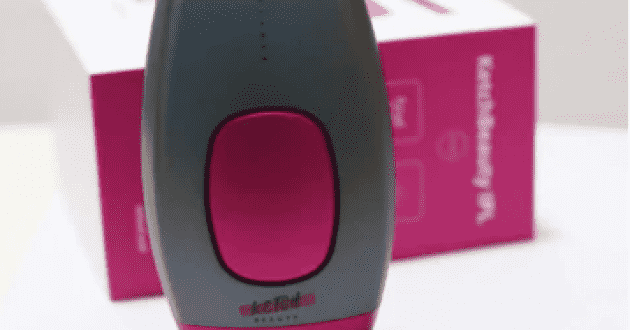What affects Permanent Hair Removal Treatment Time
Unwanted hair is a ongoing common problem affecting most women to varying degrees
Unwanted hair is a ongoing common problem affecting most women to varying degrees throughout their lives and prompting the use of various temporary methods of hair reduction or hair management systems. However electrolysis is still the only proven method of permanent hair removal and many women and indeed many men, have benefited from this tried and trusted treatment.
Electrolysis is a safe, effective, progressive and permanent method of removing unwanted hair. Indeed it is the only true method of permanent hair removal and is therefore a treatment in great demand. With the choice of 3 methods of electrolysis available, Galvanic, Diathermy, and now Blend there is something to suit all. Treatment for electrolysis hair removal is ‘tailor made’ to suit each individual client. The electrolysis will take into account physical condition and also whether facial hair removal is required or indeed targeting other areas of the body: arms, underarms, chest, legs, back or genital area is also desired.
A tiny fine probe (about the size of an eyelash) is inserted into the hair follicle where a tiny burst of energy is targeted at the root of the hair. This burst of energy prevents nutrients feeding the hair and the hair becomes weaker and finer. This procedure is progressive and following repeated treatments the hair is no longer able to grow and complete hair free results are achieved.
The reason electrolysis is a progressive slower method of hair removal is due to the cause of the unwanted hair in the first place. Another reason for the treatment being progressive is to ensure the skin normalizes quickly as it is slightly sensitized and must not be over treated. The individual skin reaction will indicate how much hair can be removed in each treatment.
Hormones stimulate the hair to grow as they flow through the blood vessels supplying the root of the hair with oxygen and nutrients. The higher the increase of the hormonal imbalance the faster and stronger the hair becomes. Factors that influence the imbalance of these particular hormones are conditions affecting the ovaries, such as polycystic ovaries, menopause, hysterectomy, also the adrenal glands such as long term stress, other factors include medications such as antidepressants, some contraceptive pills and anticonvulsants.
Whilst hormones are the main cause of male pattern facial hair growth, there are other ways of stimulating hair growth such as topical stimulation which is encouraged by the clients actions by trying to remove hair. Hair that is in the growing phase is attached to the blood supply and anchored into the follicle. When hair is tweezed, waxed, threaded or epilated the hair is pulled from the root encouraging blood to the area causing the hair to strengthen over time. Sometimes constant shaving can also irritate and stimulate. When embarking upon a course of electrolysis, to obtain the desired permanent results of electrolysis hair removal, it is important to avoid any of these temporary methods during a course of electrolysis treatments.
Treatment time is influenced by factors such as, amount of hair present, sensitivity of the skin, density of the hair; the clients’ skin type and on occasions their pain threshold. Each hair requires repeated treatment because each individual hair has its own growing cycle and blood supply. Electrolysis works by weakening the hair and eventually destroying it resulting in permanent hair removal. Although electrolysis takes a little time, but, just like dieting, it's not the crash diet but the healthy eating plan that works in the long run!
Radina Simeonova is associate author with Sterex Ltd, expert in electrolysis - the permanent hair removal and also offering electrolysis machine, age spot removal, sebaceous cyst removal, thread vein and skin tag removal.


